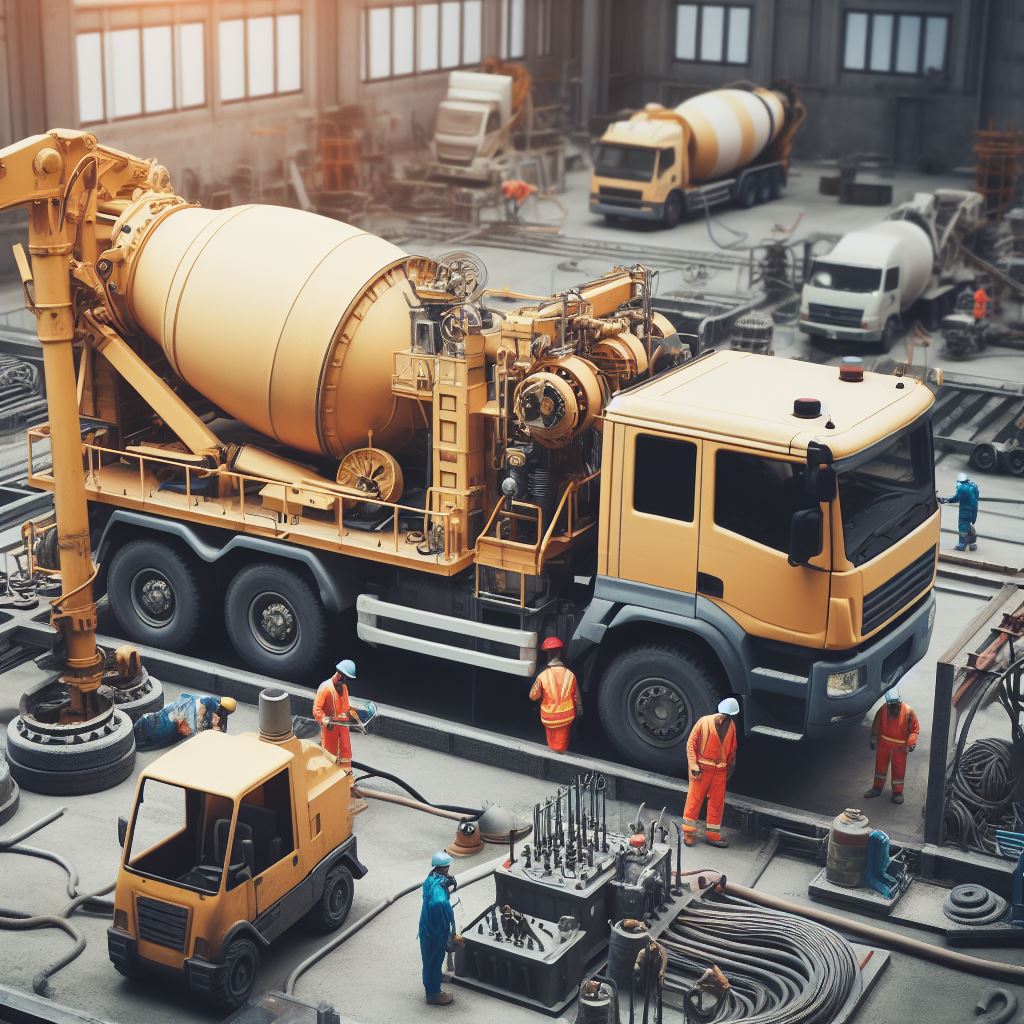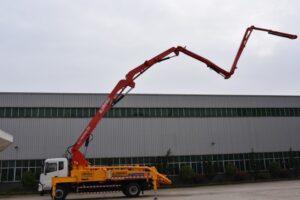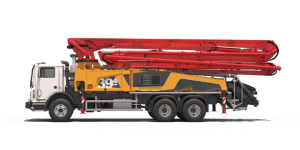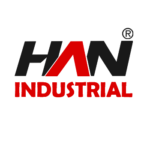Concrete pumps are indispensable tools in the construction industry, serving to efficiently transfer liquid concrete to construction sites. To ensure these expensive machines perform optimally and have a long lifespan, proper maintenance is essential. In this article, we’ll explore key steps in the concrete pump maintenance guide, allowing you to get the most out of your equipment.
1. Regular Cleaning: One of the simplest yet most important maintenance tasks is keeping the concrete pump clean. After each use, thoroughly wash the pump’s components, including the hopper, pipes, and boom. Concrete buildup can lead to blockages and corrosion, which can severely impact the pump’s performance.
2. Lubrication: Proper lubrication is vital to prevent wear and tear on moving parts. Regularly grease the pump’s moving components, such as the boom, pistons, and hydraulic systems. Adequate lubrication minimizes friction, reduces heat buildup, and extends the lifespan of these critical parts.
3. Inspection and Testing: Frequent inspection and testing are essential to detect potential issues early. Check for leaks, loose connections, or damaged parts. Conduct pressure tests to ensure there are no weak points in the hydraulic system. These preventive measures can save you from costly repairs down the road.
4. Maintain Hydraulic Systems: The hydraulic system is the heart of a concrete pump. Regularly inspect hydraulic lines and components for any signs of wear or damage. Ensure that hydraulic fluid levels are correct and that the fluid is clean. Address any leaks or fluid contamination promptly to prevent costly hydraulic system failures.
5. Proper Storage: When not in use, store the concrete pump in a dry, covered area to protect it from the elements. Extreme weather conditions can be detrimental to the machine’s components, including the electrical system and hoses. Proper storage helps prevent unnecessary wear and tear.
6. Operator Training: Proper operation of the concrete pump is a critical aspect of maintenance. Ensure that operators are well-trained in the correct operation of the equipment. Misuse or improper handling can lead to premature wear and damage.
7. Timely Repairs: If any issues are detected during regular inspections, don’t delay in making necessary repairs. Addressing problems promptly can prevent them from escalating into more significant and costly repairs.
8. Keep Detailed Records: Maintain comprehensive records of all maintenance activities. This includes dates of inspections, repairs, and parts replacements. Detailed records can help you track the pump’s maintenance history and ensure that nothing is overlooked.
In conclusion, a well-maintained concrete pump can significantly extend its lifespan and save you from costly downtime and repairs. Regular cleaning, lubrication, inspection, and operator training are key elements in ensuring your equipment’s longevity. By following this concrete pump maintenance guide, you can optimize the performance of your machinery and continue to meet your construction project needs effectively.






